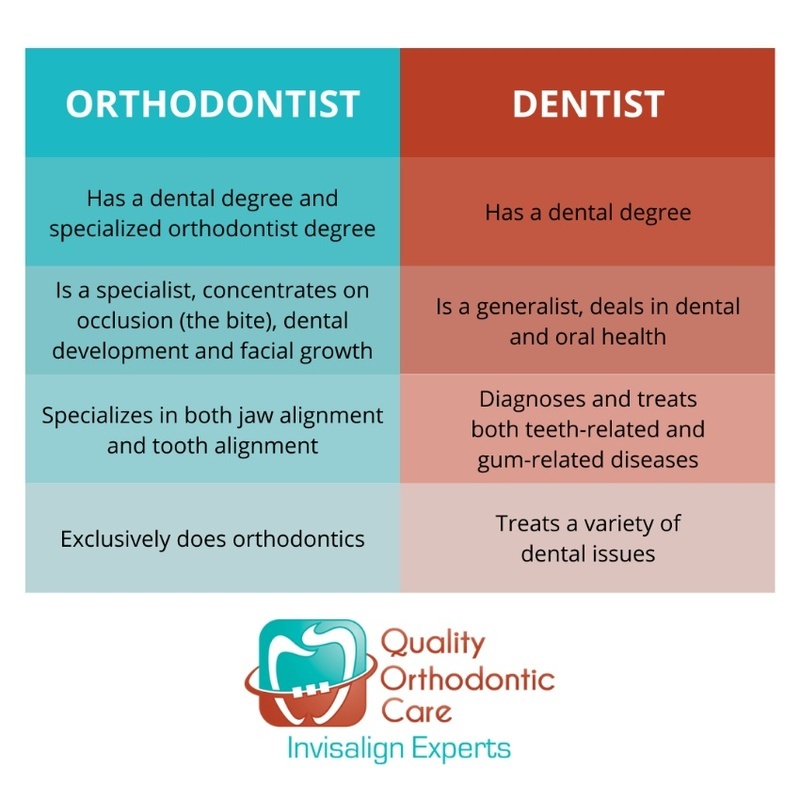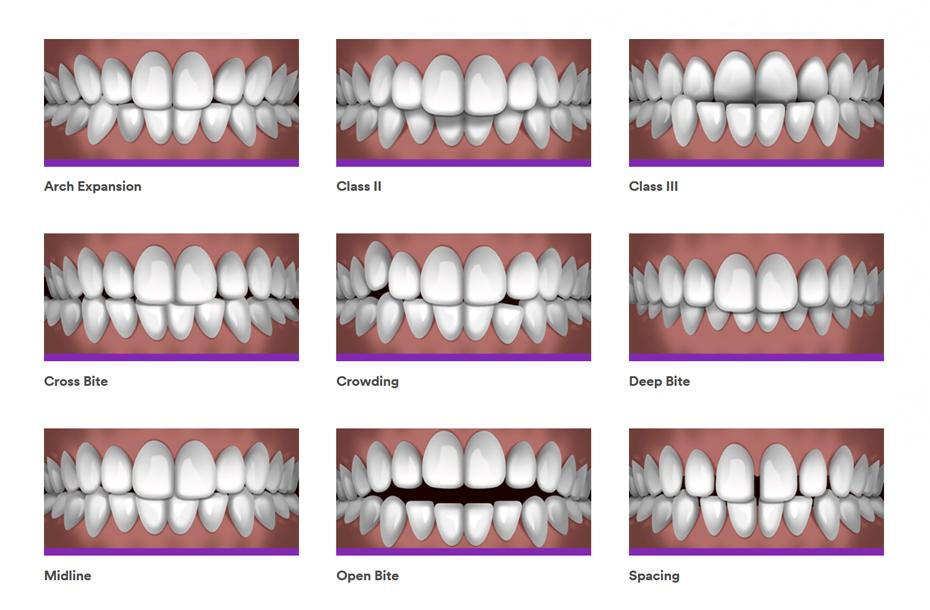The 5-Minute Rule for Causey Orthodontics
Wiki Article
Unknown Facts About Causey Orthodontics
Table of ContentsThe Greatest Guide To Causey OrthodonticsThe Ultimate Guide To Causey OrthodonticsThe Best Guide To Causey OrthodonticsThe Facts About Causey Orthodontics RevealedNot known Facts About Causey Orthodontics
Ignoring occlusal connections, it was normal to eliminate teeth for a selection of dental problems, such as malalignment or overcrowding. The concept of an undamaged dentition was not commonly valued in those days, making bite relationships seem unnecessary. In the late 1800s, the principle of occlusion was vital for creating reliable prosthetic replacement teeth.As these principles of prosthetic occlusion advanced, it came to be an invaluable device for dentistry. It was in 1890 that the work and influence of Dr. Edwards H. Angle began to be felt, with his contribution to modern orthodontics especially noteworthy. At first concentrated on prosthodontics, he showed in Pennsylvania and Minnesota before guiding his focus in the direction of dental occlusion and the therapies needed to keep it as a regular condition, hence coming to be called the "daddy of modern-day orthodontics".

The idea of ideal occlusion, as postulated by Angle and incorporated right into a classification system, made it possible for a change in the direction of dealing with malocclusion, which is any kind of inconsistency from normal occlusion. Having a full collection of teeth on both arcs was very searched for in orthodontic therapy as a result of the demand for exact partnerships in between them.
Indicators on Causey Orthodontics You Should Know
As occlusion ended up being the vital concern, face proportions and looks were ignored - emergency orthodontist near me. To achieve excellent occlusals without utilizing external forces, Angle postulated that having ideal occlusion was the finest means to acquire maximum face looks. With the passing away of time, it ended up being rather obvious that even an extraordinary occlusion was not ideal when taken into consideration from a visual factor of sightCharles Tweed in America and Raymond Begg in Australia (who both studied under Angle) re-introduced dental care extraction into orthodontics during the 1940s and 1950s so they might boost face esthetics while additionally ensuring better security worrying occlusal partnerships. In the postwar duration, cephalometric radiography started to be utilized by orthodontists for determining adjustments in tooth and jaw placement created by development and treatment. It became apparent that orthodontic therapy could adjust mandibular advancement, bring about the development of practical jaw orthopedics in Europe and extraoral force steps in the United States. These days, both functional appliances and extraoral devices are used around the globe with the goal of amending development patterns and kinds. Consequently, seeking true, or a minimum of improved, jaw connections had become the primary purpose of treatment by the mid-20th century.
Indicators on Causey Orthodontics You Need To Know
 The American Journal of Orthodontics was produced for this purpose in 1915; before it, there were no clinical objectives to adhere to, neither any type of accurate category system and brackets that lacked attributes. Until the mid-1970s, braces were made by covering steel around each tooth. With improvements in adhesives, it became possible to rather bond steel brackets to the teeth.
The American Journal of Orthodontics was produced for this purpose in 1915; before it, there were no clinical objectives to adhere to, neither any type of accurate category system and brackets that lacked attributes. Until the mid-1970s, braces were made by covering steel around each tooth. With improvements in adhesives, it became possible to rather bond steel brackets to the teeth.This has had significant impacts on orthodontic treatments that are administered on a regular basis, and these are: 1. Proper interarchal partnerships 2. Proper crown angulation (pointer) 3.
The benefit of the design lies in its bracket and archwire mix, which calls for just very little wire bending from the orthodontist or clinician (best orthodontist). It's appropriately called after this function: the angle of the port and thickness of the brace base inevitably figure out where each tooth is located with little demand for extra adjustment
Getting The Causey Orthodontics To Work
Both of these systems employed similar braces for every tooth and necessitated the flexing of an archwire in three airplanes for locating teeth in their preferred placements, with these bends determining ultimate positionings. When it concerns orthodontic devices, they are split right into two types: detachable and repaired. Detachable appliances can be tackled and off by the individual as required.
Therefore, nearly all modern set home appliances can be thought about variations on this edgewise device system. Early 20th-century orthodontist Edward Angle made a major contribution to the globe of dentistry. He developed four distinct appliance systems that have been made use of as the basis for lots of orthodontic treatments today, preventing a few exemptions.
What Does Causey Orthodontics Mean?

The wire finished in a string, and to relocate forward, a flexible nut was made use of, which permitted a rise in circumference. By ligation, each private tooth was affixed to this extensive archwire (family orthodontics). As a result of its limited variety of movement, Angle was unable to attain exact tooth positioning with an E-arch
These tubes held a firm pin, which could be rearranged at each visit in order to relocate them in position. Called the "bone-growing appliance", this contraption was thought to encourage much healthier bone growth because of its potential for moving pressure straight to the roots. Applying it verified problematic in fact.
Report this wiki page